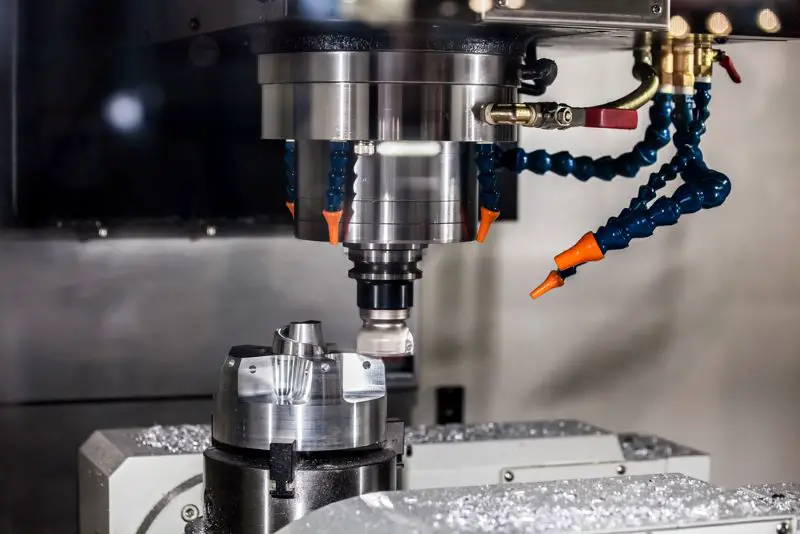Click here to get this post in PDF
Metalworking, an age-old craft that has steadily evolved with technological innovations, is now at the cusp of another transformation. Automation technologies, such as robotic arms, computer numerical control (CNC) systems, and digital monitoring software, are becoming commonplace in modern metalworking enterprises. These tools align with the industry’s increasingly sophisticated demands for precision, speed, and cost-effectiveness. Continue reading to learn about some ways automation can improve your metalworking shop.
Increased Productivity
The primary goal of any metalworking shop is to increase productivity. Automation achieves this by streamlining processes, which optimizes the use of resources, reduces downtime, and minimizes the need for manual intervention. Machinery equipped with automation technology can often operate around the clock, 365 days a year, without significant breaks, exhaustion, or errors related to human factors.
By leveraging automation, managers can reassign employees from repetitive, labor-intensive tasks to more strategic roles that require human judgment and creativity. This shift not only enhances job satisfaction but also boosts overall production volume and quality, placing your shop on the fast track to meeting—and perhaps exceeding—customer demands.
Enhanced Precision and Quality
The intricate nature of metalworking mandates a high degree of precision and consistency. Automation excels at delivering this through the tight control of machines. Robotic welders, for example, can replicate exact welding conditions with each joint, ensuring the precision of the first weld matches that of the last.
Automation isn’t just about completing tasks more accurately; it also involves stringent quality control measures. Many automated systems are integrated with software that monitors performance in real time, flagging any deviations from the established quality criteria. This proactive approach to quality control minimizes the chances of defective parts slipping through the cracks, thereby safeguarding your shop’s reputation.
Cost Savings
While the initial investment in automation technology can be substantial, the long-term savings it provides are equally significant. By automating repetitive and dangerous tasks, you’re reducing the risk of accidents that could result in injury claims and costly downtime.
There’s also a noticeable reduction in the amount of material wasted due to human error. Automation’s precise measurements and cuts mean materials are used more efficiently, resulting in fewer losses and more streamlined inventory management. Over time, these savings can compound, making the initial cost of automation an extremely wise financial decision.
Safety Improvements
Safety is paramount in the metalworking industry, as the handling of heavy equipment and sharp materials poses significant risks. Another way automation can improve your metalworking shop is by taking point on riskier tasks, thereby protecting your workforce from potential harm.
Robotic systems can be programmed to work in hazardous environments or handle materials at high temperatures, effectively shielding human workers from these conditions. This not only minimizes the occurrence of accidents but also promotes a culture of safety within the workplace.
Automation, in the context of metalworking, isn’t just a buzzword; it’s a strategic imperative that can push your shop to new heights. By adopting automation, you stand to gain in terms of productivity, precision, cost, and safety—making your shop a more efficient, reliable, and competitive asset in the industry. It’s time to consider how the rise of AI in the metal fabrication industry can positively impact your operation as you strive for excellence.
You may also like: How Robotic Process Automation & Odoo ERP is Revolutionizing the Industry?
Image source: Depositphotos.com

